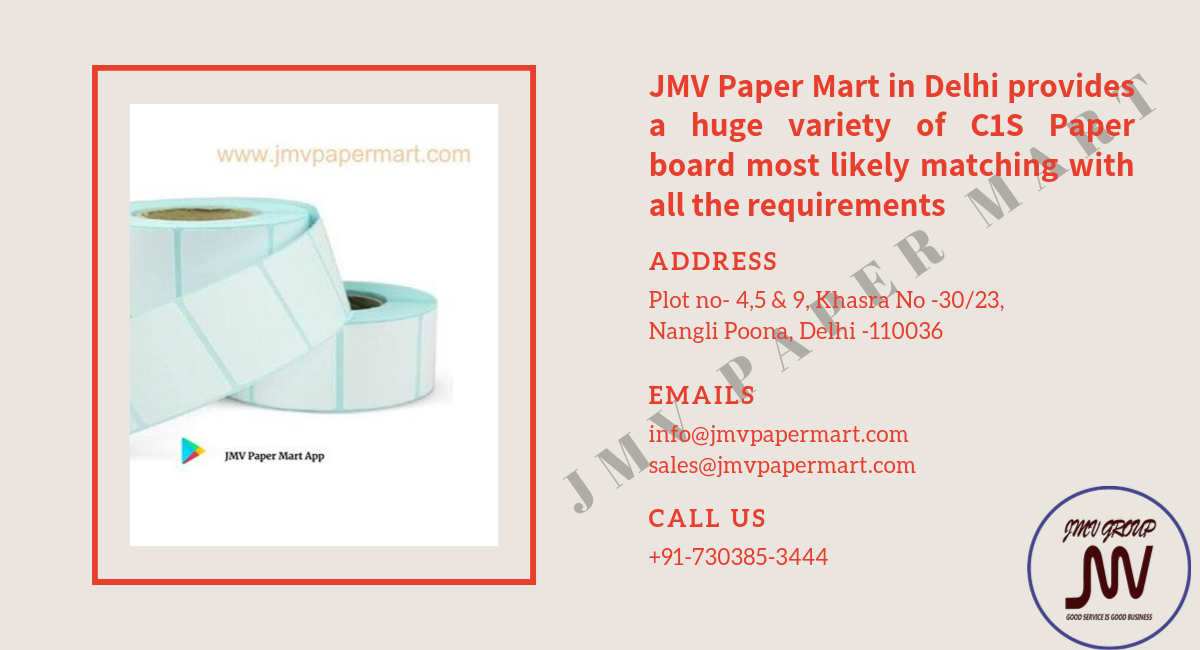A typical inquiry regarding 3D images is the thing that sort of paper they can be imprinted on. In any case, there is nothing of the sort as holographic printing paper. Rather, 3D images are made utilizing foils which would then be able to be applied to various materials, including paper and plastic. Holographic foil is flimsy which permits it to be dependably clung to a wide range of materials.
3D images are one of the most well-known security printing systems - seen on a wide scope of things from bank cards to item labels. They go about as a plain obstruction against falsifying as they are astoundingly hard to duplicate. They are additionally utilized by very good quality brands as a strategy for deciding validness. What's more, they can be made to be altering clear, so it will be evident on the off chance that somebody has attempted to evacuate or change the multidimensional image.
So without holographic printing paper, how does the 3D image jump on the paper or other material? The procedure of utilization ordinarily includes "hot stepping" the foil to the ideal substrate - be this paper, plastic or something different. Through the use of warmth and weight, the multidimensional image sticks for all time to the substrate. The subsequent multidimensional images would then be able to be utilized for a wide scope of utilizations including tickets, vouchers, bundling, endorsements, checks, business structures, marks, bank and ID cards.
Then again, self-glue visualization stickers can be delivered. These can be adhered to straightforwardly to items and records, and give an adaptable method to tag, track, follow, secure and affirm the personality of the scope of things.
A holographic Paper is an interpretation of a 3D image on a level surface, creating 3-D (three-dimensional) impacts when seen. A holographic print contrasts from a customary 3D image in that the paint doesn't require any unique lighting courses of action to yield the 3-D impact. The watcher needn't bother with any assignment explicit eyewear to see the picture.
Holographic prints are broadly utilized for recognizable proof and security purposes. Charge cards, driver licenses, international IDs, and security identifications usually have little holographic prints installed on their surfaces. Holographic prints work particularly well in these applications in light of the fact that the picture can't be copied with a scanner or printer, and forging such a picture has demonstrated astoundingly troublesome and costly. Designers and modelers utilize enormous holographic prints to exhibit or advance their ventures in a more improved manner than customary photos can do.
Holographic Paper is impossible on standard paper. So as to encourage the procedure, the paper or another printing surface must be covered with a layer of metal (generally aluminum or steel) or intelligent plastic. The multidimensional image is embellished into the sparkly metal or plastic, shaping a confounded, incredibly itemized, pixilated picture in alleviation. When seen under a magnifying instrument, the metal or plastic surface appears to have slopes, crevasses, edges, and valleys. These inconsistencies produce the 3-D impact by dissipating reflected light and diffracting it into its constituent shading wavelengths. The reflected waves meddle with one another so as to give a clear, practical 3-D depiction of viewpoint and parallax.
Holographic printing ought not to be mistaken for lenticular printing, which includes an alternate arrangement and should be possible with less complex hardware.


